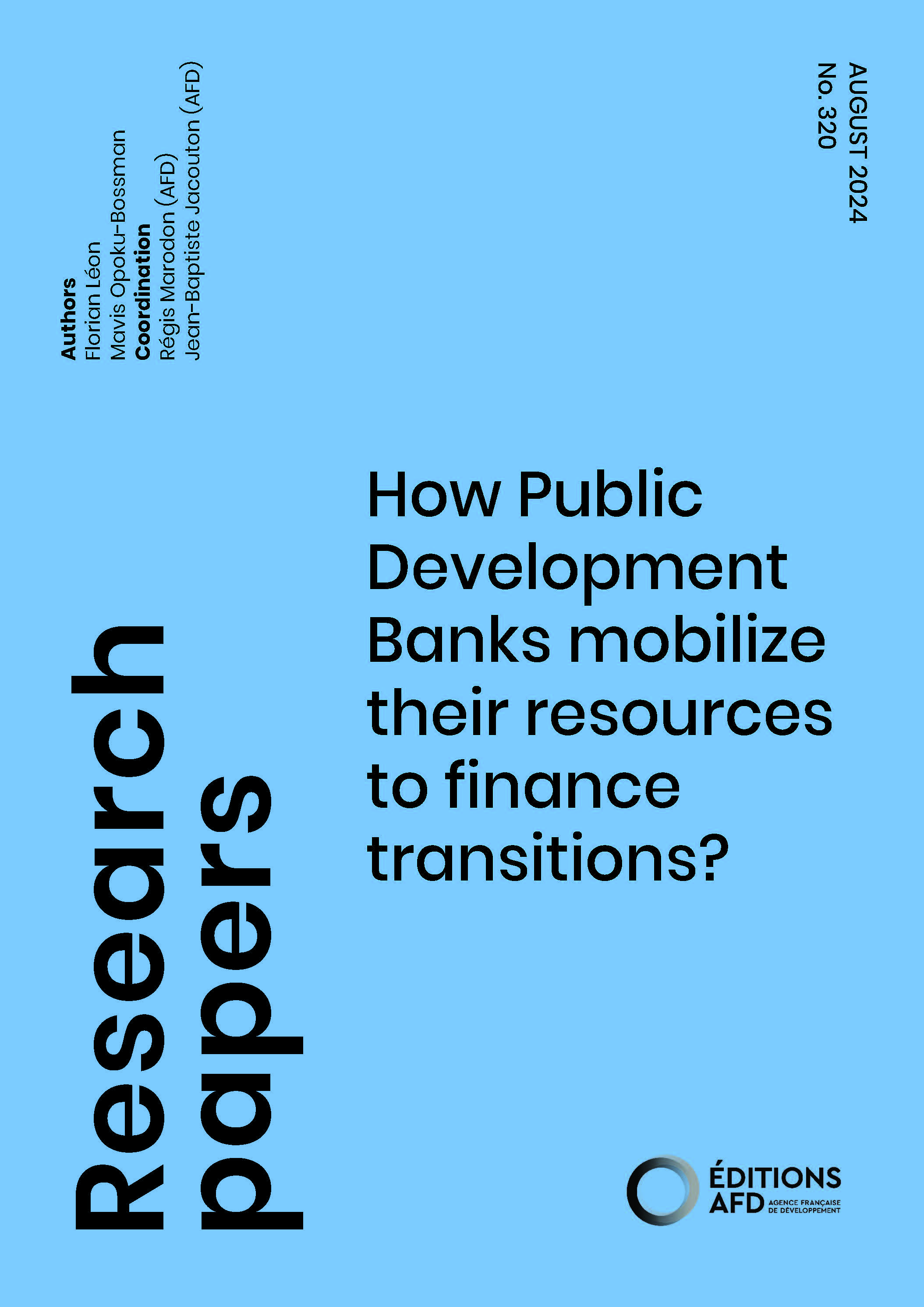Share the page
How Public Development Banks mobilize their resources to finance transitions?
Published on

This paper studies how Public Development Banks (PDBs) are able to finance the transition by focusing on their funding resources. The first part of the paper focuses on an explanatory analysis of funding structure of PDBs. Unlike commercial banks, short-term resources play a minor role (15% on average of all resources), while illiquid resources (e.g., long-term liabilities and equity) account for two thirds of funds of these banks. We provide a robust evidence that the ability to raise long-term resources is mainly driven by the size of PDBs but not by other characteristics. In the second part of the document, we draw special attention to the implication of PDBs in the growth of sustainable finance, especially Green, Social, Sustainability, and Sustainability-linked (GSSS) bonds. Green Bonds are prevalent in developed markets whilst Sustainability Bonds (a mix between social and green) are more prevalent in developing markets. PDBs account for more than one fifth of total issuances worldwide. North America records the strongest activities of PDBs with the highest issued sustainable instrument being sustainability bonds in the market. Europe is the second continent with a high number of sustainable bonds issuances by PDBs. On average, the cost of issuances by PDBs across all regions are lower as compared to other types of issuers.
Useful Information
-
Authors
-
Florian LEON, Mavis OPOKU-BOSSMAN
-
Scientific directors
-
Coordinators
-
Edition
-
320
-
Page number
-
51
-
ISSN
-
2492 - 2846
-
Collection
-
Research Papers
